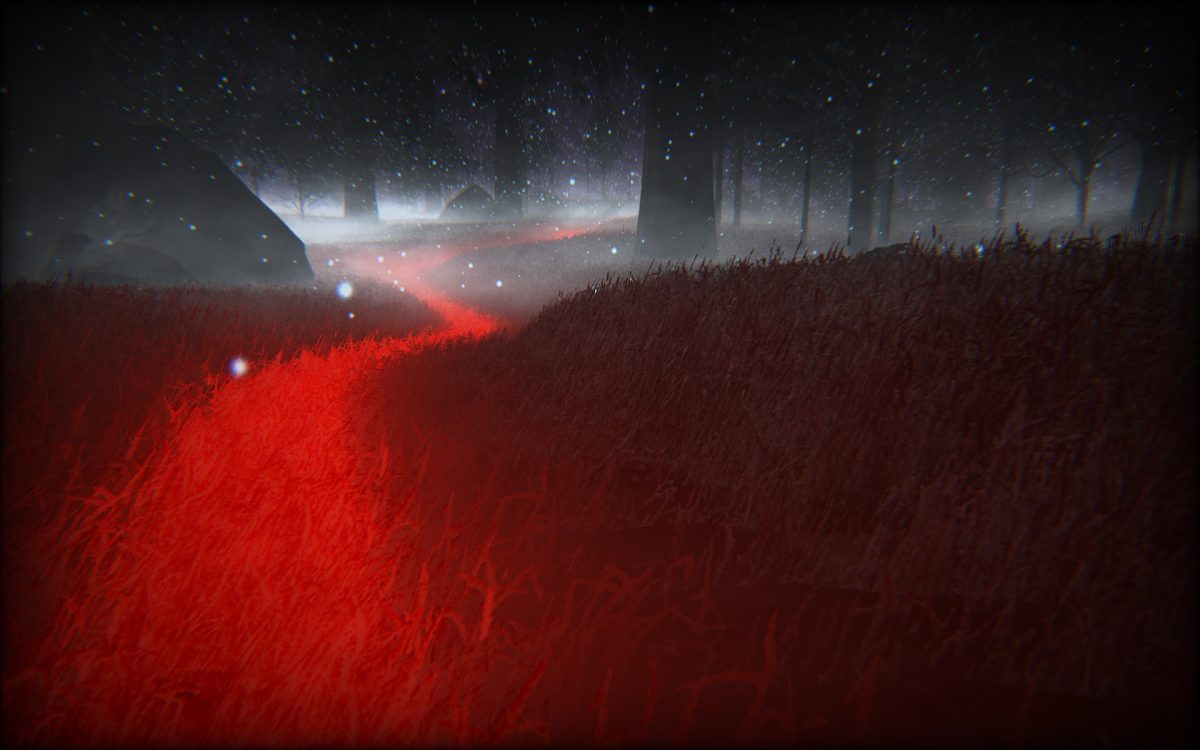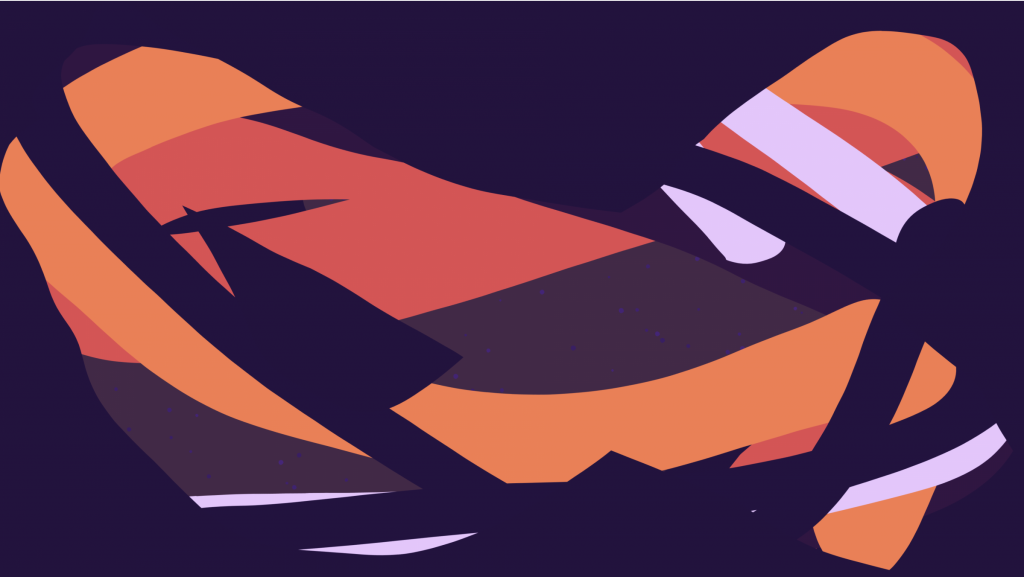
Artists: William Mincy and Dr Woohoo!
Piece: “The Portrait”
The project in general uses still images and animates them to create interesting and artistic effects. I admire the specific piece as it takes a famous still painting and puts a modern and unique twist on it. The website states the
algorithms used to create the various pieces of art use face tracking technology to pinpoint areas that can be animated. The technology makes lines and joints that can be manipulated to create motion. Additionally, the technology can put overlays of animation over areas of the still art. In my opinion, the artists are using technology in an attempt to modernize and update both pictures and old artwork. The technology is similar to filters on my social media platforms, but the artists use it on various mediums (i.e. pictures, paintings, etc.) with more extravagant uses. The artist states the project is similar to that of GIFs, but can be made using any face and can have any level of animation added. The technology is common among platforms but I admire the specific art pieces chosen and the extent to which they are modified.
![[OLD FALL 2020] 15-104 • Introduction to Computing for Creative Practice](../../../../wp-content/uploads/2021/09/stop-banner.png)





